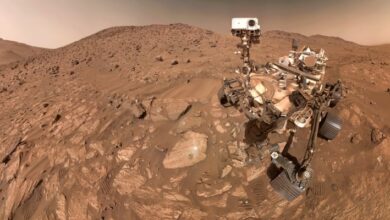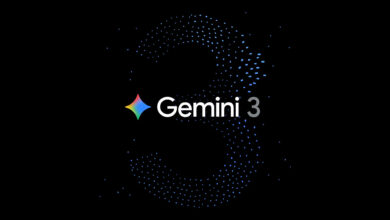NASA Announced; Asteroid Will Pass Very Close to Earth on Saturday!

In recent years, new warnings have come from scientists who have focused their studies on asteroids that are likely to hit the Earth. A new large-sized asteroid will pass very close to Earth over the weekend.
NASA warns of 2 new asteroids identified as potentially dangerous. While one of them is tangent to the Earth recently, the possibility of the other hitting the Earth on Valentine’s Day in 2046 is focused on.
In its two-year journey around the sun, the space rock, which occasionally orbits the Earth and travels at about 27,000 miles per hour, passed within four million miles of our planet. Although the passage of the asteroid does not affect the Earth in a devastating way, it is a fact that it will be a very close trip from an astronomical point of view. The next approach of the asteroid is calculated as March 5, 2025.
The asteroid, named 2023 EZ, was only discovered this year, according to information from NASA’s Jet Propulsion Laboratory. According to NASA, this 34-meter Asteroid 2023 EZ will pass Earth safely.
The asteroid that NASA is warning about is not 2023 EZ. Researchers warn of a collision on Valentine’s Day 2046 that could upset all romantic plans.
The asteroid 2015 BY310 was first detected in January 2015. The object’s last officially known appearance was July 5, 2021, but NASA experts are confident that they’ve mapped its orbit and where it is, so they’re warning of what’s going on around our planet, although there won’t be any convergence to disrupt their weekend plans.
IT CAN HIT THE WORLD
NASA has warned that an asteroid the size of the Leaning Tower of Pisa, which could destroy a city, could hit Earth on Valentine’s Day in 2046. It was stated that Los Angeles and Washington DC are also possible areas where the asteroid could hit.
There is a possibility that the 2023 DW, confirmed on February 28, will hit Earth on February 14; but where it will fall is not yet known. The predicted impact zones stretch from the Indian Ocean to the Pacific Ocean and the east coast of the USA. Possibilities include Los Angeles, Hawaii and Washington DC.
The 2023 DW’s collision with our planet is comparable to the 12-megaton Tunguska event that struck Siberia 114 years ago. The 160-metre asteroid had the power of a nuclear explosion capable of destroying a large city; however, it stumbled upon a forest and destroyed more than 80 million trees.
The 2023 DW currently tops NASA’s Risk List at 1 on the Turin scale.
The Turin-scale statement reads: “A routine exploration near Earth in which a pass that presents no unusual danger is predicted. Current calculations show that the probability of a collision is extremely low, without cause for public attention or concern.”
NASA tweeted, “Orbital analysts will continue to monitor the asteroid 2023 DW and update forecasts as more data comes in,” and said it will alert the public if it reaches 3 on the 2023 DW scale.
CAN THE WORLD BE PROTECTED FROM SKY STONES?
NASA recently confirmed that it can prevent an asteroid from hitting Earth following the DART mission in 2021.
The agency launched the Double Asteroid Redirect Test (DART) in 2022 for humanity’s first planetary defense mission. The spacecraft launched during the test hit an asteroid called Dimorphos with a direct hit. And it was announced that DART had achieved its purpose. Before the collision, asteroid Dimorphos took approximately 11 hours and 55 minutes to orbit the much larger asteroid Didymos.
And according to recently released data from the team behind the experiment, the kind of catastrophe that wiped out the dinosaurs could be averted. Therefore, it can be said that even though the Solar System is full of asteroids with the potential to destroy planets, humanity now has a chance to resist these catastrophes.






